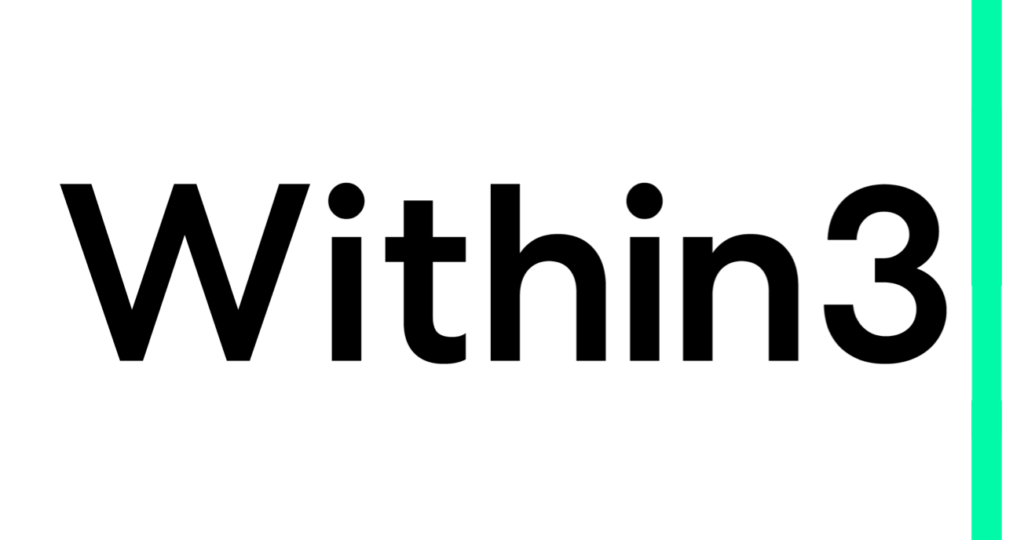The life science industry is competitive, and things are always changing. This poses a challenge when developing, launching, and marketing products. If you aren’t talking to the right experts and using the right information to inform your strategy, you’re left with an insight gap that can make or break the success of your efforts.
It’s proven that this insight gap is costly in terms of time, money, and patient outcomes. Looking at the state of the industry, it’s been shown that the average cost to successfully develop a single drug stands at more than $2 billion. Those that are successful see it take at least 10 years for a drug to go from the lab to a patient’s medicine cabinet. Without accurate insights, life science teams run the risk of spending even more time and money before getting to the approval stage.
What if there was an easier way to identify opportunities to improve your insights, choose the right experts, and engage them more effectively? How would that move your team’s strategy forward? In a world where gathering the right information becomes more challenging every day, here’s what you need to know to solve the insight gap.
A closer look at insights in life science
Before we discuss the solution to the insight gap, it’s important to understand where this problem stems from. Let’s dig into what the term means in a life science context, and how this problem became such a common one, particularly in this industry.
When we’re talking about insights, what we’re referring to is a fundamental truth about target customers. Companies use this information as leverage to drive growth. It gives them a competitive advantage over those that don’t focus their efforts on collecting this information.
Put simply, gathering the right insights is an effective way to add value to the organization. Insights can come from a variety of sources. This includes healthcare professionals, payers, patients, and other experts who share knowledge that informs strategy, processes, and operations. Life science teams use this insight to drive development and marketing decisions, but collecting those insights is no easy feat.
What’s causing the insight gap?
Most life science teams use manual processes to uncover their insights. Then, they’re tracking information through disparate systems and this is where problems can occur. The fact is that these processes are tedious, time-consuming, and disconnected from each other. Teams don’t have a way to streamline the workflow, and that increases the risk that critical insights will fall through the cracks.
Worse yet, the process of gathering the right insights can take months. In an industry that moves so fast, this can spell disaster. The information you obtain can become obsolete, driving up costs even if you were initially able to gather the insights you need.
This issue is one that the industry can’t afford to keep struggling with because the insight gap occurs at several inflection points in product development. It’s not a matter of collecting information in one go and moving on. It’s a continuous process that requires thought and relationship building.
This is why many teams now see the importance of eliminating data silos and ineffective processes. Ensuring a steady, efficient flow of information is what provides the context your team needs to move forward.
It all might sound daunting, and for many organizations, it is. But that no longer has to be the case. There’s a way for professionals in the life science industry to take on the insight gap without becoming overwhelmed – and close the insight gap for good.
How Within3 closes the insight gap for life science organizations
Within3 invented a new way for life science companies to have better, more productive online conversations. We’ve expanded this vision to include the world’s first insights management platform. The goal is to help pharmaceutical and medical device teams solve the insight gap anywhere it appears in the product development lifecycle.
- Within3 Select helps with KOL identification, for every type of engagement and market question. Network analytics pinpoint scientific leaders, HCPs, patients, and online influencers to provide context to engage effectively and achieve results.
- Within3 Connect takes the stress out of your attempts to foster meaningful discussions and share critical information with participants. A virtual engagement platform can be productive across geographies and lines of business, resulting in more high-quality dialogue and more actionable outcomes.
- Within3 Discover uses AI-powered natural language processing to gather, interpret, and integrate insights. Teams can analyze outputs, including insights from MSLs and sales reps, and search through expert profiles. When it’s easier to see the impact of HCP engagement and understand sentiment analysis, it’s easier to be more confident in critical business decisions.
More than ever, life science organizations need insights from the right experts, especially in a dynamic marketplace where in-person access isn’t a guarantee and speed-to-market is critical to success. To learn more about how to identify where the insight gap occurs, what causes it, and how to solve it, download our whitepaper, “Solving the Life Science Insight Gap: What Teams Need Now for Faster, Better Decisions.”





